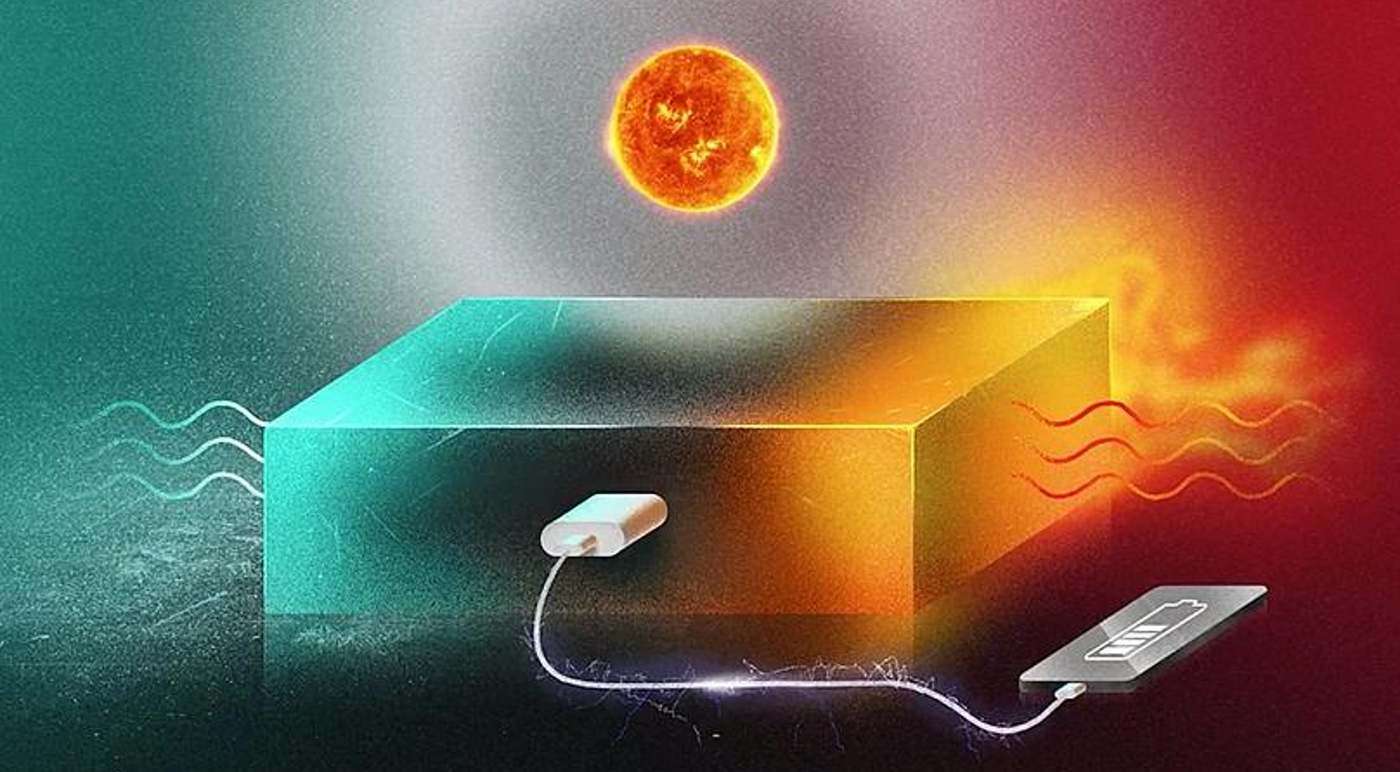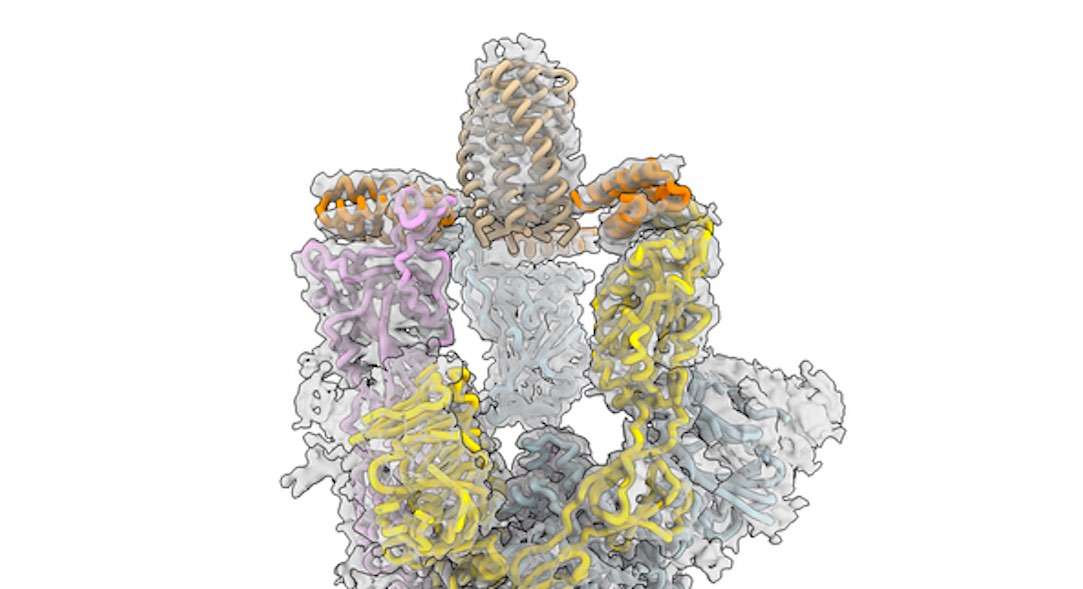A pair of Swedish scientists designed a microchip that stores solar energy in liquid, and shipped it to China where three months later it was converted into electricity.
The scientists are hoping to open a Pandora's box of solar-powered electronics and appliances-expanding solar's use away from exclusively baseload power generation
Scientists and entrepreneurs are still racing to see who can create the most efficient and effective way of storing solar energy, as PV panels continue to proliferate across the world. These include hugely varied projects which WS has covered, like ingots of molten aluminum, and deep tunnels that facilitate the lifting and lowering of a huge weight.
This latest newsworthy breakthrough comes from a Dutch-Chinese design team looking for a small, simple way of storing solar energy for the market of smaller electronics.
"This is a radically new way of generating electricity from solar energy," research leader Kasper Moth-Poulsen, Professor at the Department of Chemistry and Chemical Engineering at Chalmers University, told Euronews. "It means that we can use solar energy to produce electricity regardless of weather, time of day, season, or geographical location."
Their design revolves around a specifically-engineered molecule that changes shape when it comes in contact with sunlight, rearranging carbon, nitrogen, and hydrogen, to form an isomer-an energy-rich molecule with a different configuration that holds its shape when immersed in liquid.
To understand this bears a basic review of thermodynamics. When matter changes form, energy is released, often through heat. When researchers and scientists refer to "storing heat" or "storing energy" in something that isn't a battery, what they mean is that energy of some form was used to create a form of matter that, when converted back to its original form, generates electricity through heat.
A catalyst activates the stored isomers in the liquid to change back into their original forms, releasing heat, and generating electricity, hence the technology's name "Molecular Solar Thermal Energy Storage Systems." Until the molecule reaches its half-life, it can be turned back and form from the isomer storage form as often as solar energy needs to be saved, and it can be stored for an incredible 18 years.
"The generator is an ultra-thin chip that could be integrated into electronics such as headphones, smart watches and telephones," researcher Zhihang Wang from Chalmers University of Technology, whose Chinese team received the stored Swedish sunlight and tested it with their microchip.
"So far, we have only generated small amounts of electricity, but the new results show that the concept really works. It looks very promising."
Thermal electricity generation is widely distributed in the world industry, yet Wang et al. compressed that technology into an 800 nanometer-thin film on a three-inch silicon wafer to convert the heat released by Moth-Poulsen's isomers into electricity. Such a minuscule device could be fitted to receive these isomers from a charging station, to power all kinds of small electronics.
The researchers at both ends of the globe are proud and excited, but caution that much more research is needed before a system such as this can be implemented widely.
This study has been published in Cell Reports Physical Science.
POWER Up the Good News; Share This Story…









Be the first to comment